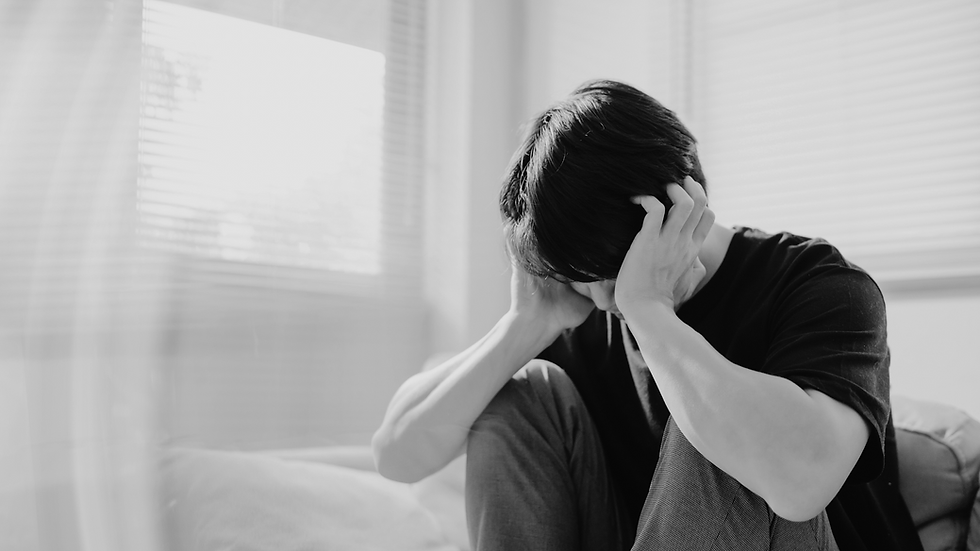RESPONDING TO A CHILD THAT IS A VICTIM OF SEXUAL EXPLOITATION
- zoejapan
- Sep 21, 2023
- 3 min read
Sexual exploitation occurs much more frequently than we think. When we talk to children who have been victims of child trafficking or sexual exploitation, we find that most are ordinary children who go to school daily and look just like other children. Some are girls who are focusing on their high school entrance exams, or high school boys who are working hard to excel at their sports club. They are ordinary children who might have boarded the same train as you today. They may be members of your family, or they may have been in your class or church for a long time. Victims can be male or female.
What can I do if a child I know becomes a victim of sexual exploitation?

(1) Don't blame the victim
Comments such as “Why did you go to that place?", "Why didn't you say no?” or "What were you thinking?” only reinforces the wrong message that they are guilty and not worthy of being loved and supported.
Instead, praise the victim for having the courage to speak up and for placing their trust in you. What they need right now is a caring adult that they can trust, not judgment and discipline.
It takes unimaginable courage to speak out with victims, sometimes re-living the trauma as they share their experience. Some children on our hotline are so scared that they can only speak in a faint voice. Please accept them with love and be careful not to cut the thin thread of trust that they are fearfully holding on to.
2) Consult with a reliable professional organization
If the child is in a dangerous environment, consult with the police or a professional organization. You can refer to the following government website for specialist hotlines and support centers, or contact ZOE Japan for advice.
https://www.gender.go.jp/policy/no_violence/vaw/consult.html
3) Go to a hospital
In the case of rape or sexual violence, it is strongly recommended to see a doctor within 72 hours. Not only does the victim need specialist support to deal with the trauma, but additional services such as testing for sexually transmitted diseases, pregnancy or treatment of wounds is crucial as soon as possible.
If possible, accompany the child and provide emotional and practical support.

4) Keep any evidence for possible police referral
The main priority is to take care of the victim emotionally, but if there is even the slightest possibility of referring a case to the police, it is important to preserve any available evidence that can help to identify the perpetrator. That includes going to hospital without showering, and keeping any clothing and underwear that was worn during the abuse in a Ziploc bag to hand over to the police.
It is good to think about the children that you know, and to do a mental simulation of possible scenarios and practice how you could respond.
The above examples are mostly relevant to cases where the abuse is reported shortly after it occurred. However, most victims of sexual violence are so traumatized that they are unable to speak out for many years. They might even become psychologically dissociated or numb (our natural self-defense mechanism/response).
Whether the abuse was recent or happened a long time ago, it is important to recognize the trauma that the victim experienced and to treat them with dignity and respect. By responding with empathy, we can create a society that makes it easier for victims to speak out, and also prevent perpetrators from harming even more children.
The Japanese government announced that the period from August to September this year has been designated as an "emergency awareness-raising period for the prevention of sexual victimization of children and young people". Several intensive awareness-raising activities are being conducted. Let’s do our part by sharing this important information with our friends and family.
This month, visit ZOE’s social media and share some of our great awareness content related to “rape” and “sexual consent”.
With your help, we can reach every person and rescue every child.






Comments